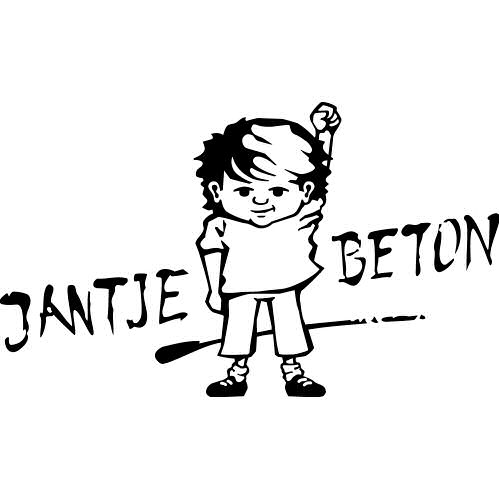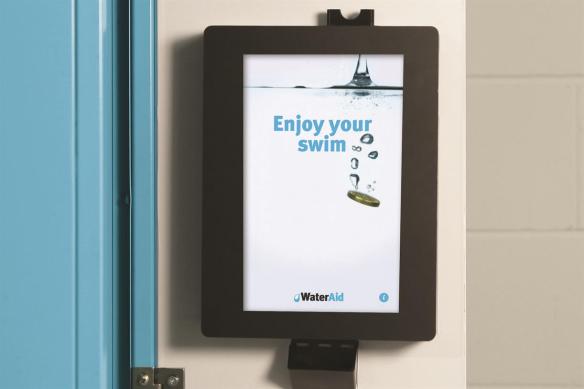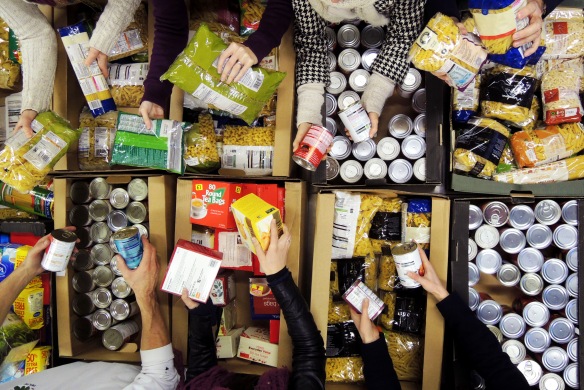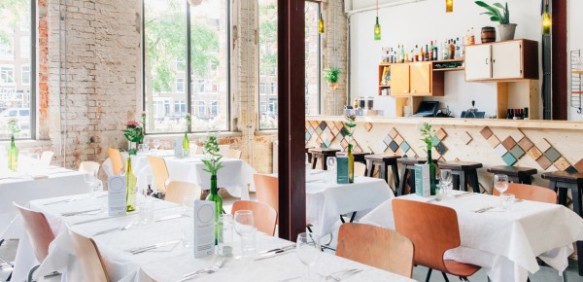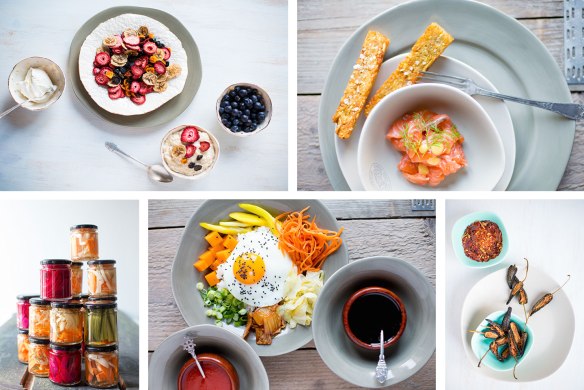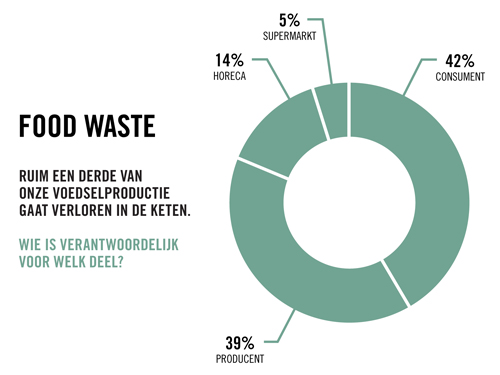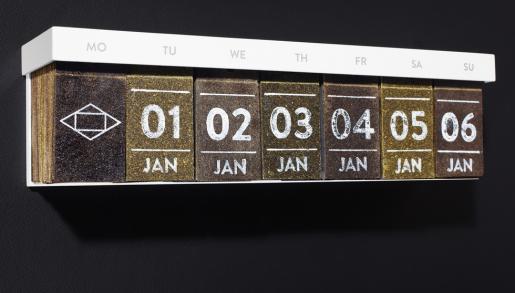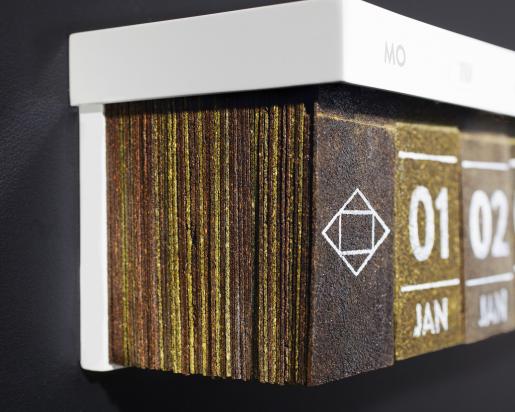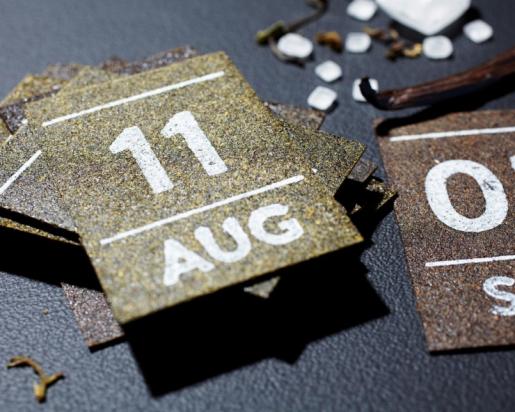
After the flagship stores, more and more mono stores have been opened in the Netherlands. These are super specialty retailers that specialize in only one product. For example there is a ‘pepernoten’ shop offering ‘pepernoten’ in fifty different flavors. Meanwhile, there are also peanutbutter-, nutella-, popcorn-, duo penotti-, macarons-, omelet– fries-, stores and hamburger bars.
Back in the days, there were no super specialty stores. There is a difference between the super speciality stores and for instance the butcher, the greengrocer or the bakery. For a mono- store, the greengrocer can for instance only sell apples, the baker only bread and the butcher only sausages. If you compare the old greengrocer with a supermarket, it is a specialist but not THE specialist (lbbrhzn).
Over the years, have slowly been replaced by the big chain stores where consumers could find different product groups under one roof. But the subsidiarisation of the shopping streets is declining for the first time in years and that gives more space to the independent retailers.
Most mono-stores nowadays are from small entrepeneurs, but it actually began as a way for big companies to become more visible and gain customer loyalty. In today’s society, there is an increasing demand for perception and service. Because they only offer one product in endless variations, it is unique and not available anywhere else. A mono store can respond quickly to the changing market conditions especially those from its specialization.
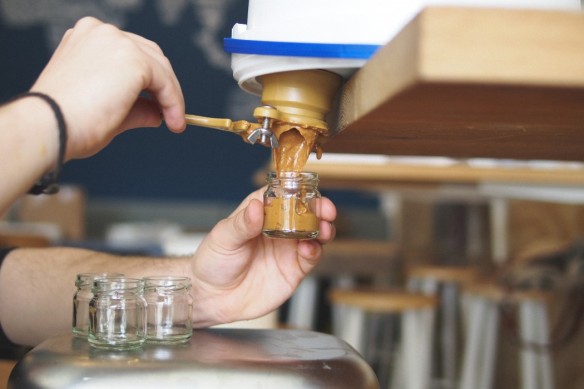
These single-product companies mainly arise in Amsterdam. Retail expert Cor Molenaas sees Amsterdam as an ‘internatiol display of a shop’. And he thinks it’s fun for tourists, but not efficiënt for the residents in Amsterdam.
Food watcher Anneke Ammerlaan notes that ‘we want to move away from the standard. We will choose the creative and thereby we are drawn to the cuddly, accessible products like peanut butter and chocolate’, she says.





